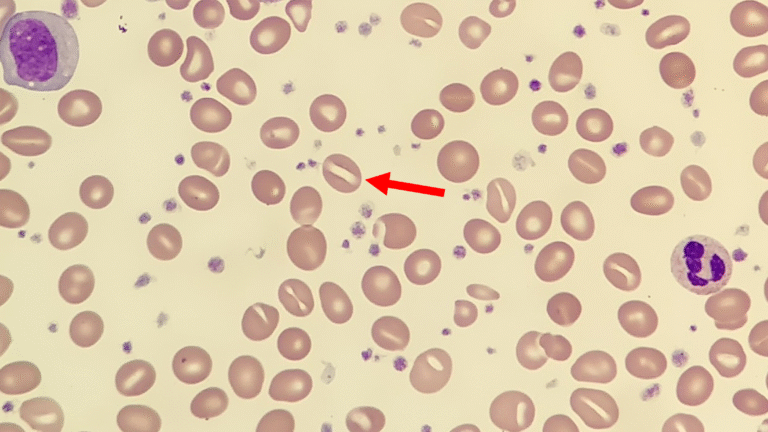
MM251201: Stomatocytes
A blood film was prepared for review, and the key morphological feature for participants to identify was a stomatocyte.

A blood film was prepared for review, and the key morphological feature for participants to identify was a stomatocyte.

This week’s case comes from a 46 year old male who presented to his GP with no significant past medical history, does not take regular medications, and reports no recent infections. He drinks alcohol socially but not excessively.
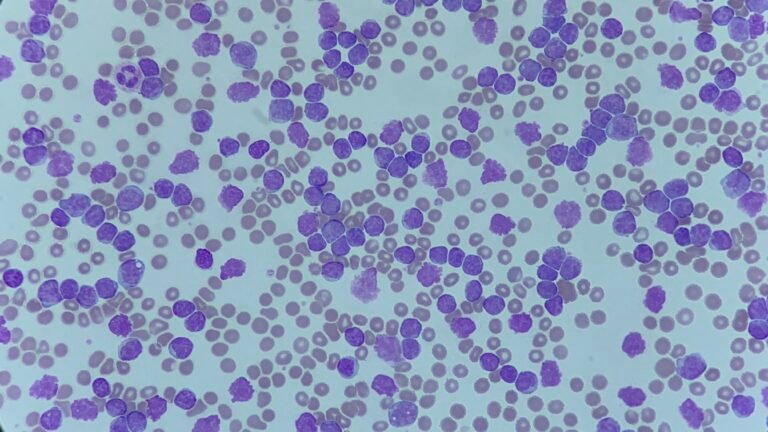
These features are classical for CLL. The combination of a markedly elevated lymphocyte count, characteristic morphology, and a supporting clinical picture strongly points to chronic lymphocytic leukaemia as the final diagnosis.
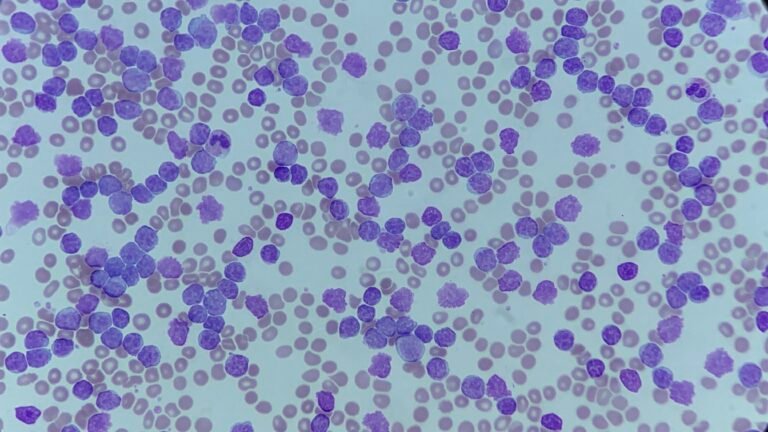
This week’s case comes from an 84-year-old male who was referred to the haematology team after routine blood tests showed a markedly raised white cell count. Clinically, he reported several weeks of general fatigue but no acute symptoms. He was otherwise well and presented via his GP.
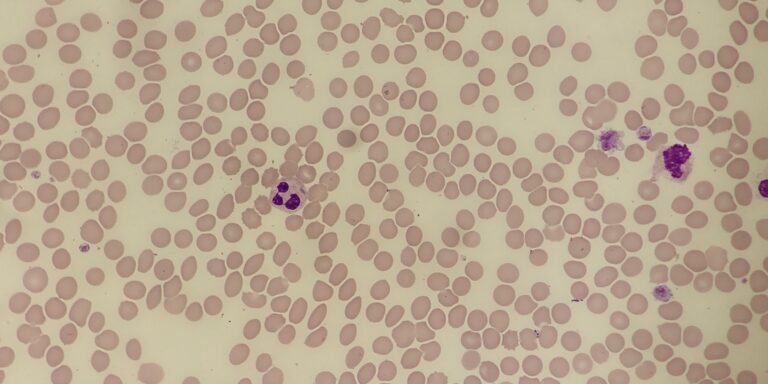
These features are characteristic of May–Hegglin anomaly, one of the MYH9-related disorders. This group of rare inherited conditions presents with thrombocytopenia and large platelets, sometimes accompanied by hearing loss, renal abnormalities, or cataracts.
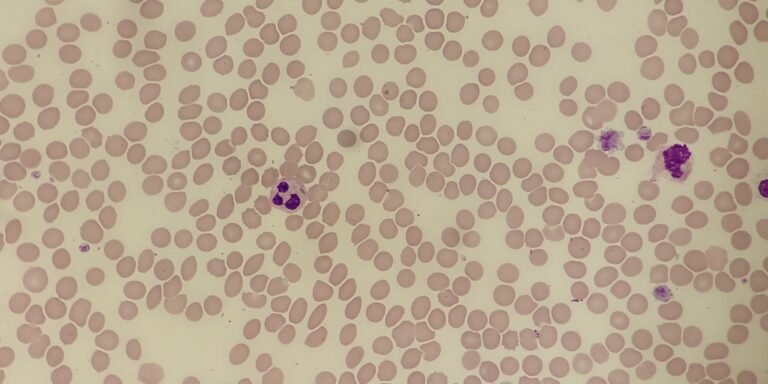
A 28-year-old female was referred to haematology after routine pre-operative blood tests revealed abnormalities on the full blood count. She reports occasional easy bruising but no significant bleeding history. There’s no recent infection, and she is otherwise well.
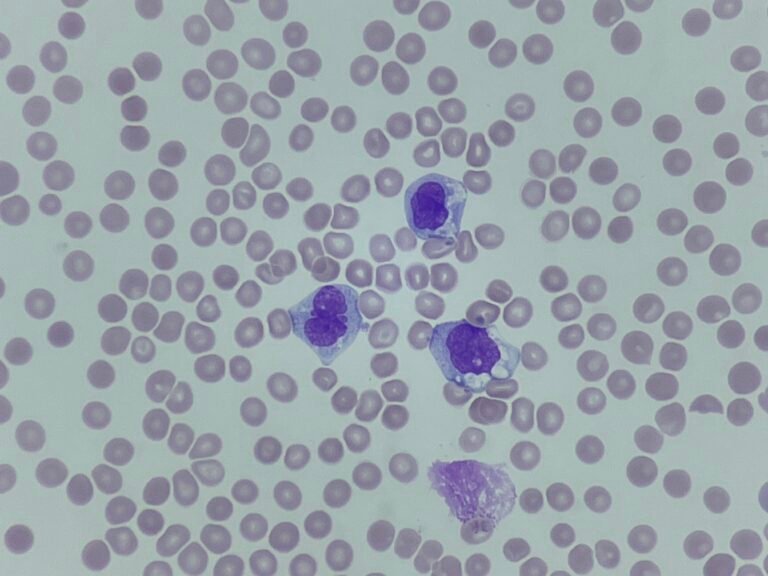
The combined clinical, haematological, and immunophenotypic findings are consistent with Chronic Myelomonocytic Leukaemia (CMML).
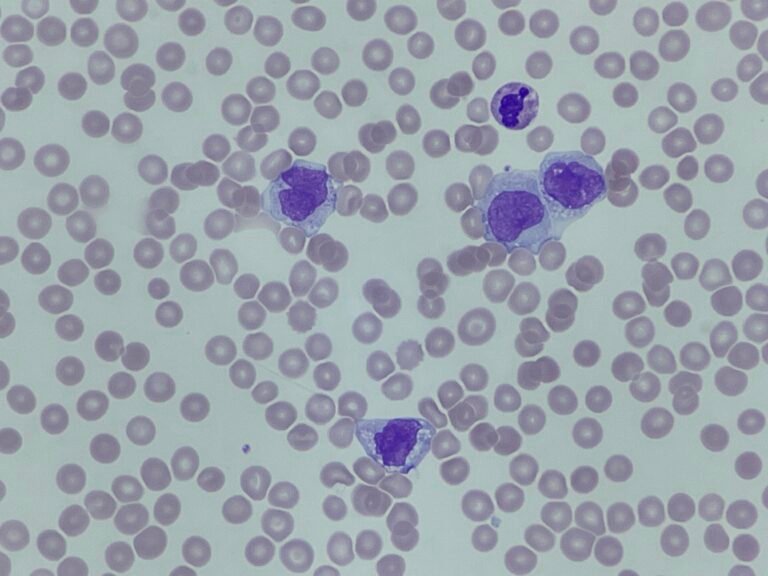
This week we have a case from a 61-year-old patient who presented with persistent fatigue and unintentional weight loss. Routine bloods were performed, and the full blood count has raised some important red flags.
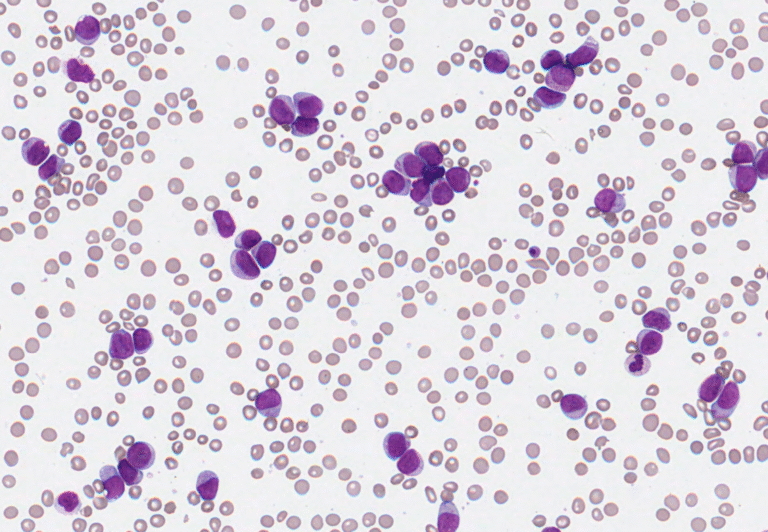
The blood film showed numerous myeloid blasts with Auer rods, supporting the diagnosis of AML. Flow cytometry revealed a blast population accounting for 88.7% of total cells, with a myeloid immunophenotype
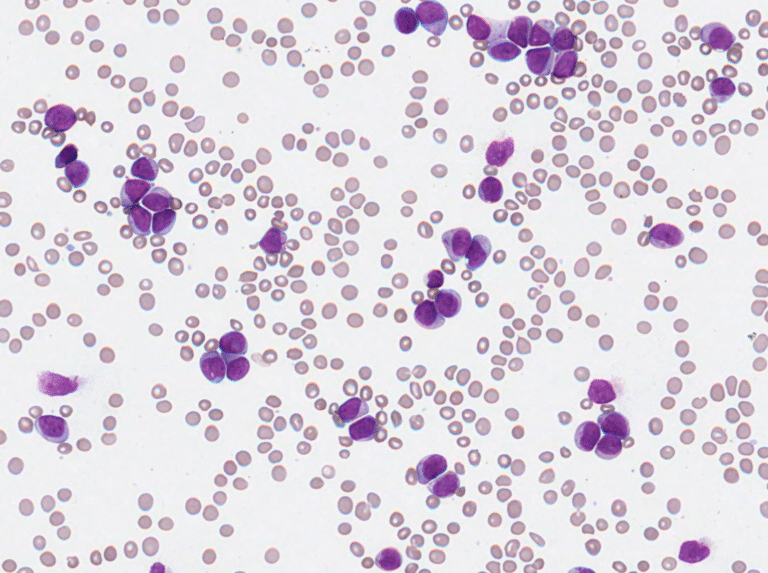
This week’s case comes from a 59-year-old male who presented to the Emergency Department with fatigue, shortness of breath, and spontaneous bruising that had developed over several weeks.